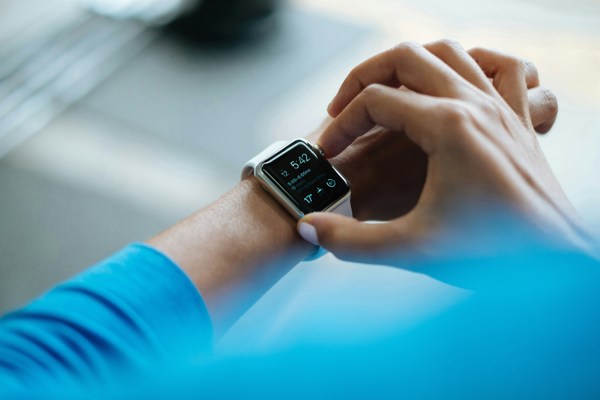Social media influencers are one of the most prominent and powerful forms of advertising. The success of an influencer often hinges on originality. Unique, authentic and aesthetically pleasing content is much more likely to generate greater audience engagement. Any creative output produced by an influencer is their intellectual property and is often protected by way of copyright.
From photos to videos to captions and even hashtags, copyright subsists in a whole host of content that influencers create on a daily basis. Influencers, whether individuals or otherwise, must ensure that their copyright is safeguarded whilst also avoiding potential infringement of intellectual property rights owned by others.
Copyright background
Copyright is automatically granted upon the creation and fixation of original work, offering protection for the author's lifetime plus 70 additional years. While the copyright symbol (©) is commonly used, it is not required for legal protection.
Authors of copyright benefit from both economic and moral rights:
Economic Rights:
- The right to reproduce the work.
- The right to communicate it to the public (e.g. broadcasting or uploading).
- The right to distribute copies or make them available.
- The right to adapt or translate the work.
Moral Rights:
- The right of paternity (recognition as the author).
- The right of disclosure (deciding if and how the work is made public).
- The right of integrity (controlling how the work is used).
Once copyright expires, the work enters the public domain, becoming freely accessible for public use.
Safeguarding copyright
Copyright allows influencers to take action to prevent copyright infringement. In an ongoing case in the US, Gillford v Sheil, an influencer has pursued legal action against another influencer over aesthetic replication, claiming that the content created constitutes copyright infringement.
Although legal action is an option, enforcing copyright claims can be challenging. To strengthen their position, influencers should collect evidence of original creation and maintain documentation of rights ownership. Adding watermarks, logos, or branding to content will also assist in establishing ownership and discouraging unauthorised use by others.
It is likely that brands and companies working with influencers will require permission to use the content created. Influencers can licence their copyrighted materials to third parties for use. However, if influencers are entering into licensing arrangements with brands or companies, it is important to ensure that the terms of use are accurately and sufficiently outlined in an agreement.
Avoiding infringement
Influencers must ensure that their creative outputs do not infringe the copyright or any other intellectual property rights of others.
Creators must only upload videos, images and music that they have created or have explicit authorisation to use. For example, the use of copyrighted music, clips from films, TV programmes and even memes may result in infringement if an influencer does not have permission to use these materials. It is particularly common for influencers to inadvertently infringe copyright as a result of their music usage. Influencers can avoid inadvertently infringing copyright in music by:
- Ensuring that any music used is from a social media platform's licensed music library.
- Personally writing, recording or licensing the music used.
- Using royalty free music sources offered by licensing bodies.
- Obtaining explicit permission from the copyright owner directly.
There are some exceptions to copyright protection which allow limited use of copyright material in certain circumstances. In the context of content creation, this may include reaction videos in which an influencer critiques music or audio-visual content offering their opinion and insight, content which involves the reporting of trending events or the creation of parodies. However, the extent to which the exceptions can be relied on when reusing creative outputs owned by others is unclear. Therefore, it is important that influencers operate with caution when doing so.
Key takeaway
Copyright allows influencers to create content with confidence in the knowledge that their output is protected. However, influencers must have measures in place to evidence their copyright ownership and to avoid infringement.
This article was co-authored by Erin Thomson, Trainee Solicitor in MFMac's Manufacturing, Media & Technology team.


